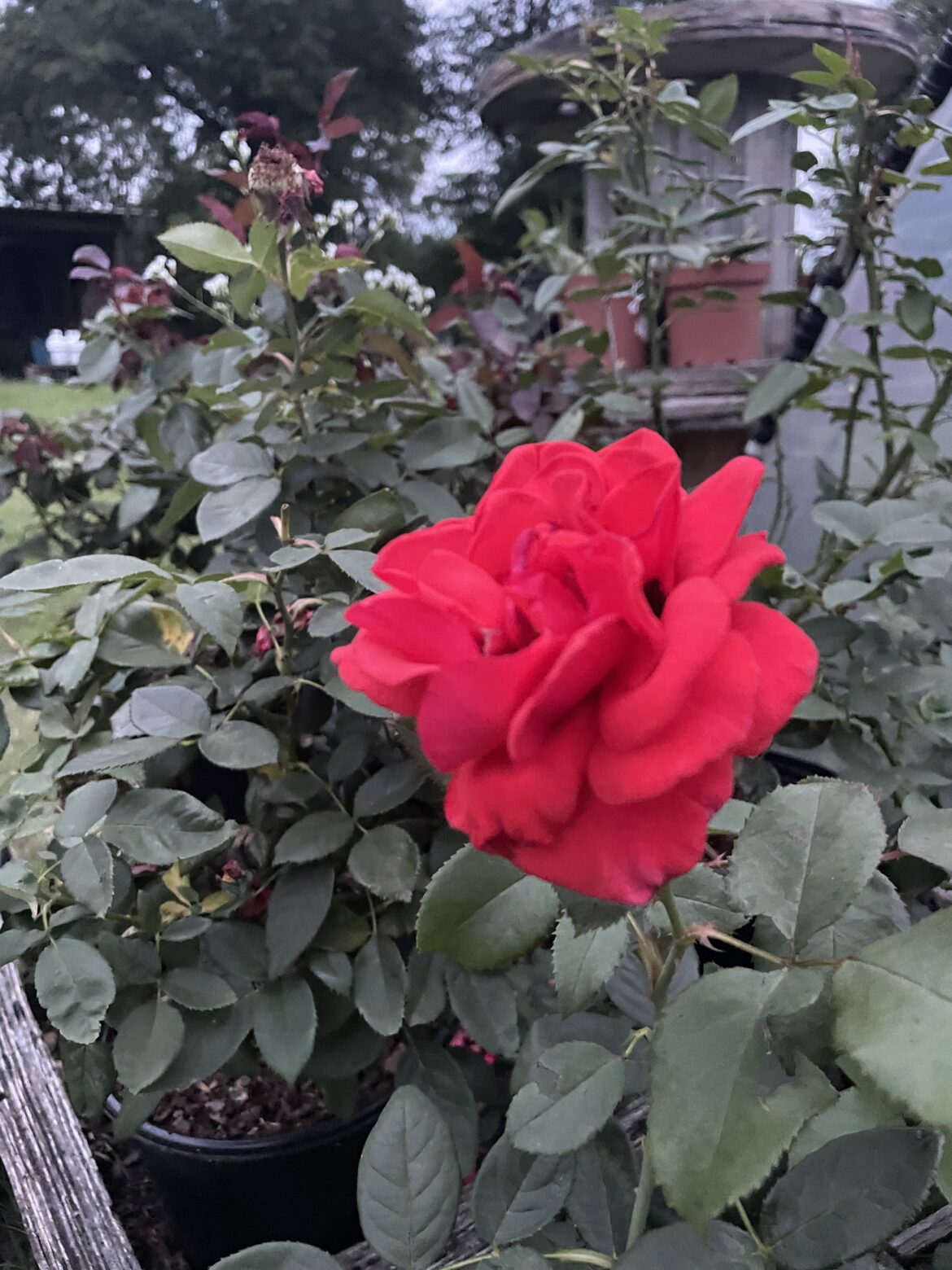Most people grow roses from cuttings or potted transplants, but did you know you can also grow them from seed? While growing roses from seed is a slower process, it allows you to explore natural variety, experiment with breeding, and experience the joy of watching a rose grow from the very beginning.
In East Texas, this process can be rewarding—but it requires patience, care, and the right timing.
Step-by-Step: Growing Roses from Seed
1. Collect Rose Hips
After a rose blooms and begins to fade, it will form a seed pod called a hip. Let the hip mature on the bush until it turns orange or red, then cut it off using sterilized pruners.
2. Extract and Clean the Seeds
Cut the hip open and remove the seeds inside. Rinse them thoroughly with water, then optionally soak them for 24 hours in a 1:10 hydrogen peroxide solution to kill bacteria.
3. Cold Stratification
Roses need a period of cold dormancy to germinate. Place the seeds in a damp paper towel inside a sealed plastic bag, then refrigerate them for 6–10 weeks. Label the bag with the date and variety if known.
4. Sowing the Seeds
After stratification, plant seeds in seed-starting mix about 1/4 inch deep in trays or pots. Keep the soil moist, not wet, and place them in a warm, well-lit area or under grow lights.
5. Germination and Growth
Roses from seed may take 2–6 weeks to sprout. Once sprouted, treat them like young seedlings—keeping them in bright light and watering when the top of the soil dries out.
6. Transplanting
Once your seedlings have developed a few sets of true leaves, transplant them into 4-inch pots or directly into the garden after the danger of frost has passed.
Tips for East Texas Growers
- Choose rose parents that are known to perform well in humid and hot climates.
- Seed-grown roses are genetically unique—expect variation in bloom shape and color.
- Protect young plants from extreme heat with afternoon shade and light mulch.
- Not all seedlings will be winners—keep your strongest plants and remove the rest.
Why Grow Roses from Seed?
Growing roses from seed allows you to create something truly original. It is the same process breeders use when developing new varieties, and it is an excellent way to deepen your understanding of rose genetics and propagation.
If you are interested in trying your hand at rose seed growing but do not know where to start, feel free to contact me—I am always happy to help or recommend rose varieties that are worth harvesting from.






